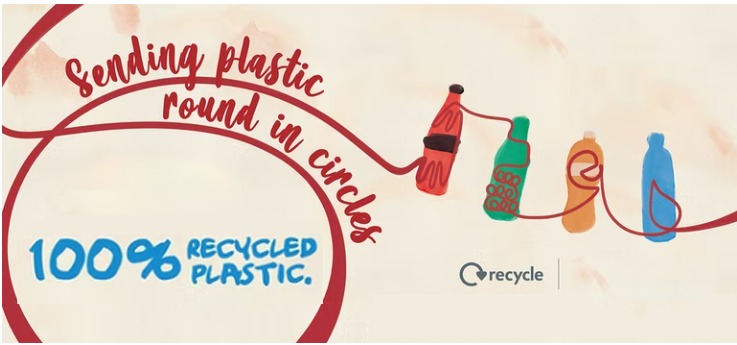
The Most Successful AD Campaign for Recycling
As the consequences of our contemporary lifestyle become increasingly apparent to the average consumer, we’re seeing an increase in the inventiveness and number of recycling initiatives on a global scale. These recycling campaigns push in sometimes unpleasant ways to effectively draw attention to valuable and significant reasons, ranging from the identification of new technology to reduce consumption to initiatives that seek to drive people away from wasteful lifestyles. When it comes to recycling campaigns, brands and public institutions are spreading their wings by getting down to the details; gone are the days of kindly encouraging a more recycle-focused lifestyle, as brands are designed to showcase the actual effects that we’ve been seeing in our environment as a way of scaring, but mostly to deliver a reality check.
Mayor Bloomberg Launches “Recycle Everything” Ad Campaign
The ad, which was created by Grey New York in 2013, was inspired by observations about the city. New Yorkers recycle everything, from clothing to businesses, homes, restaurants, fads, and music, among other things. The campaign includes print, out-of-home, radio, digital, mobile, and activation elements, as well as the first new recycling bumper sticker in twenty years, informing consumers how to recycle and appearing on public bins, in apartments, homes, and public buildings, demonstrating that cans, bottles, and paper can have a second life. The radio commercial also appeals to New Yorkers’ natural desire to reinvent them through music, encouraging them to do so through recycling. The print/poster ads, which feature dazzling pop art-like collages, were the focal point of the campaign. Newsprint, plastic bottles, food containers, and metal cans were among the recyclables used in the ads, which are elegantly adorned with colorful logos of big advertisers torn from the packaging. Each ad has a pertinent headline such as “Give old plastic new life,” as well as the “Recycle Everything” tagline and the NYC Recycles logo.
Coca-Cola launches first sustainability campaign to promote plastic recycling
In 2017 Coca-Cola has started a multi-million pound campaign in the United Kingdom to urge consumers to recycle its plastic bottles, marking the company’s first significant environmental effort in the country. The ‘Love Story’ campaign, produced by Ogilvy & Mather Berlin, depicts the story of two bottles one Fanta and the other Coke Zero Sugar – who fall in love over and over again when they meet in new bottles. After viewing, a voiceover encourages viewers to recycle bottles from Coca-Cola brands such as Sprite, Fanta, and Coke.
The commercial tried to promote awareness about how Coca-plastic Cola’s bottles could be reused and to encourage people to recycle. The entire set and props were composed of recyclable materials, emphasizing the ad’s environmental theme. Lucy Barry, a Berlin-based artist, created the film using over 1,500 stop-motion animation frames. The ad was part of Coca Cola’s sustainable packaging strategy and was the company’s largest ever consumer communications effort on recycling. Coca-goal, Cola’s goal was to recycle all of its packaging and boost the usage of recycled plastic in bottles from 25% to 50% by 2020.
Adidas – Ocean Plastic Shoes
In the year 2017, Adidas is another major brand that has incorporated sustainability into its marketing strategy. Adidas released three new trainer styles last year, all constructed from ocean trash! In 2017, the sportswear brand sold over one million pairs of these trainers, which are created from eleven recycled plastic bottles. Adidas also released a yoga line made from recovered ocean trash this year. The project emphasizes the importance of recycling as well as the harmful effects of ocean plastic pollution, and it is a huge step in the right direction for a healthy planet.
Greenpeace – Dead Whale
Pictures of a “dead whale” abandoned on a beach in the Philippines with a mouth full of plastic rubbish went viral in May 2017, shocking people all over the world. What was thought for a real whale, however, was actually part of Greenpeace’s anti-plastic waste campaign. Greenpeace collaborated with a Philippine-based creative studio to create a massive ‘whale’ out of plastic debris collected in the ocean to raise awareness about the deadly consequences of littering. The campaign received numerous honors and served as a wake-up call for many consumers. If you like this article you may also like: Biggest Recycling Facilities in Europe

